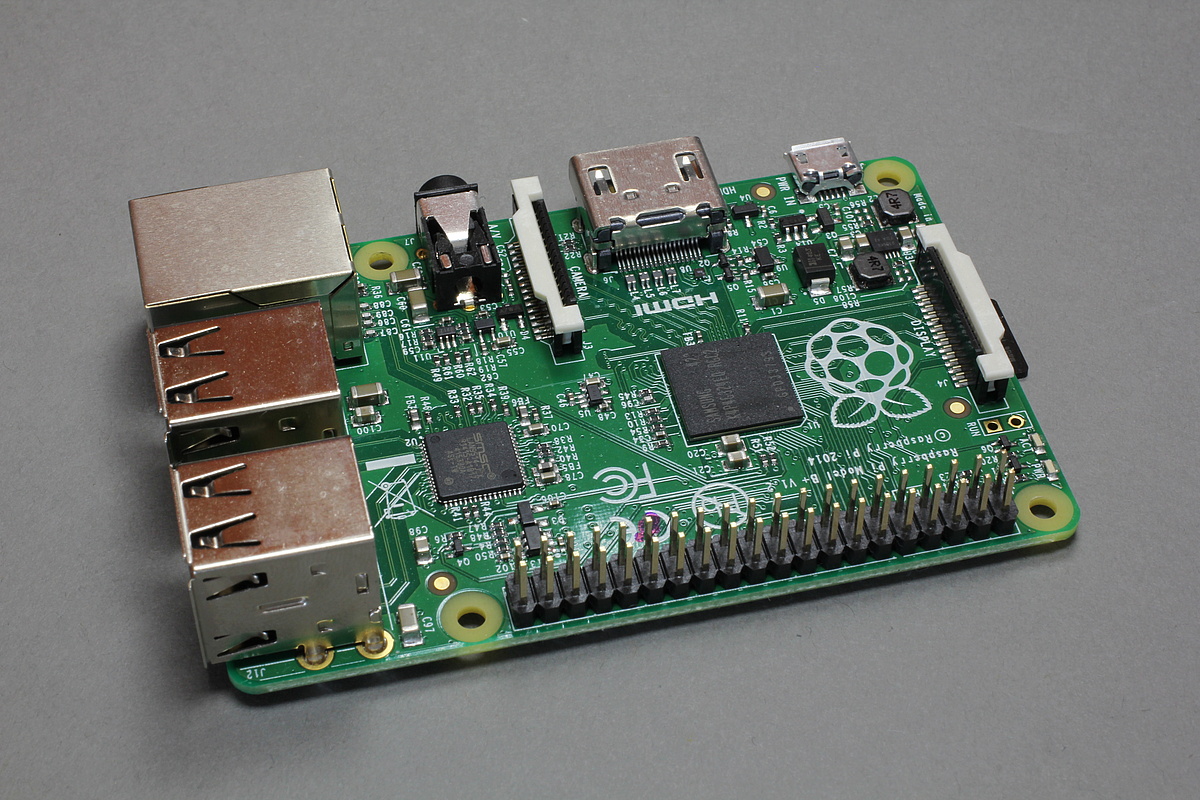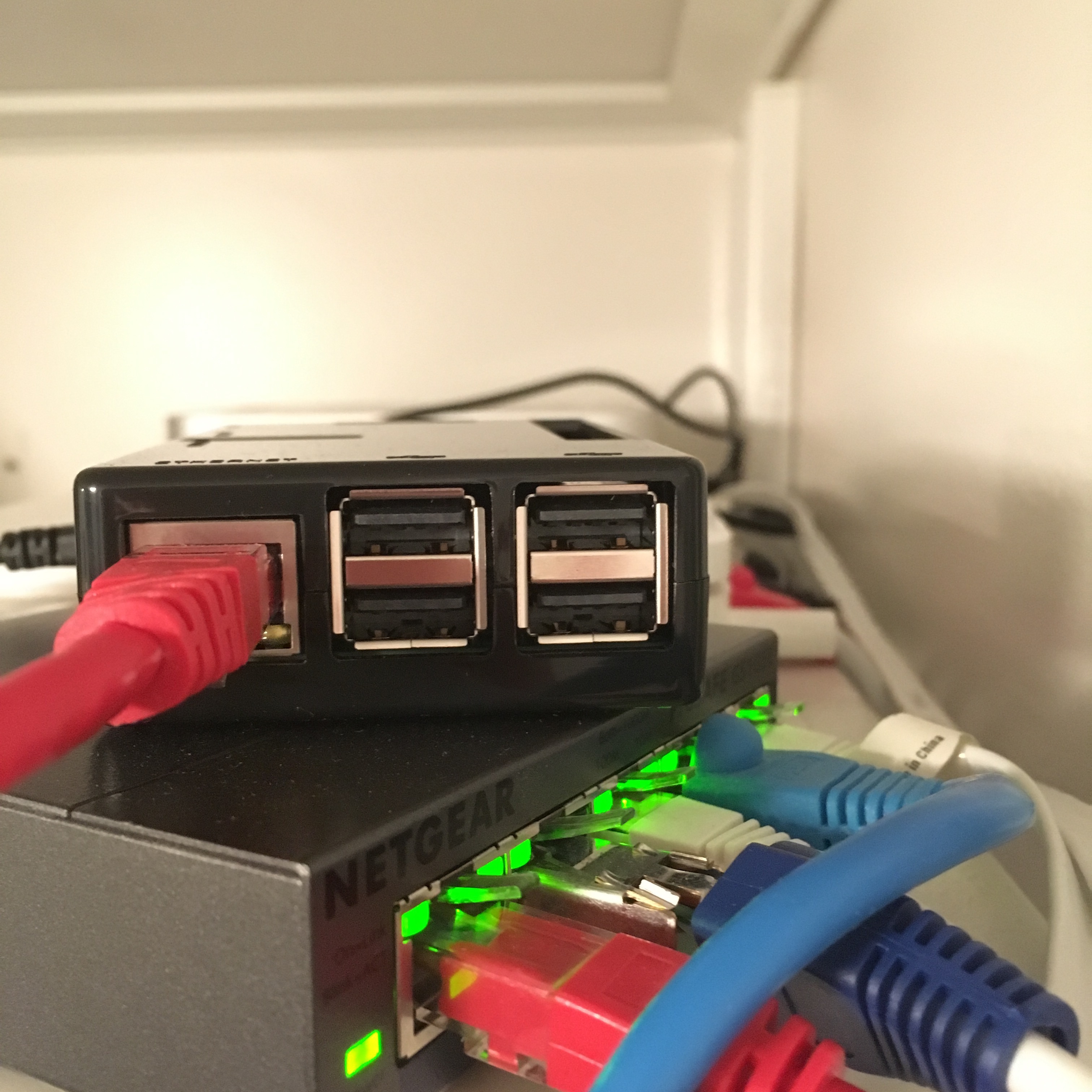
The last thing we are required to do is to tell the build scripts to use the release versions of MPV and FFMPEG. The second command disables the command line interface for MPV as we don’t need that for the Plex Media Player.Ĥ. The first command adds an option telling it to compile the shared MPV libraries. echo -enable-libmpv-shared > mpv_optionsĮcho -extra-libs="-latomic" > ffmpeg_options

Run the following two commands to adjust the compilation options. We can do this by adding two lines to the mpv_options file. Before we compile mpv, we will need to make some changes to its configuration options. You can change in to this directory by using the command below. Next, we need to change into the newly cloned directory. We first need to clone the MPV master branch to our Raspberry Pi by running the following command. In this section, we will be walking you through the steps to get MPV compiled.ġ. One of the requirements to compile the Plex Media Player on your Raspberry Pi is to have the mpv libraries. There is quite a large number of packages to install, so this process may take some time.
#XVID PLEX MEDIA SERVER RASPBERRY PI 2 INSTALL#
sudo apt install -y autoconf make automake build-essential gperf yasm gnutls-dev libv4l-dev checkinstall libtool libtool-bin libre2-9 libminizip1 libharfbuzz-dev libfreetype6-dev libfontconfig1-dev libx11-dev libcec-dev libxrandr-dev libvdpau-dev libva-dev mesa-common-dev libegl1-mesa-dev yasm libasound2-dev libpulse-dev libbluray-dev libdvdread-dev libcdio-paranoia-dev libsmbclient-dev libcdio-cdda-dev libjpeg-dev libluajit-5.1-dev libuchardet-dev zlib1g-dev libfribidi-dev git libgnutls28-dev libgl1-mesa-dev libgles2-mesa-dev libsdl2-dev cmake python3 python git mpv libmpv-dev Run the following command to install all the required packages. Our next task is to ensure all the packages we need for the following sections exist on the operating system. We can achieve this by running the following two commands. Our first task is to make sure all of our packages are up to date. We recommend that you use the version that does not come with the recommended packages.ġ. In this section we will be preparing your Raspberry Pi to compile the Plex Media Player software.īefore you begin, you need to make sure you are running a version of the Raspberry Pi OS that features a desktop interface. Preparing to Compile the Plex Media Player, on the Raspberry Pi Recommendedįor this tutorial on setting up the Plex Media Player, we were using a Raspberry Pi 4 running the latest available version of Raspberry Pi OS Desktop (Bullseye).

Equipment Listīelow is the list of equipment that you will need to get your Raspberry Pi powered Plex client up and running. If you are using an older Raspberry Pi, we recommend that you use either PlexKodiConnect or RasPlex.

Please note that before you start this tutorial, you need to use a Raspberry Pi 4 for optimal performance. However, the downside is that the Media Player is a lot more resource-intensive, and you will need to compile it yourself. These advantages include access to all of the latest Plex features as soon as they are implemented. There are advantages to making use of the Plex Media Player over the alternatives like RasPlex and PlexKodiConnect. While RasPlex is often the go-to method for getting a Plex client on the Raspberry Pi, it has no support for the Raspberry Pi 4. Transcoding allows even a device like the Raspberry Pi to play a vast range of video files. One of the most significant advantages of Plex is that it can transcode video files to your devices. Using the Plex Media Player, you will be able to play media files delivered from your Plex Media Server.
#XVID PLEX MEDIA SERVER RASPBERRY PI 2 HOW TO#
In this tutorial, we will be showing you how to install the official Plex Media Player to the Raspberry Pi.


 0 kommentar(er)
0 kommentar(er)
